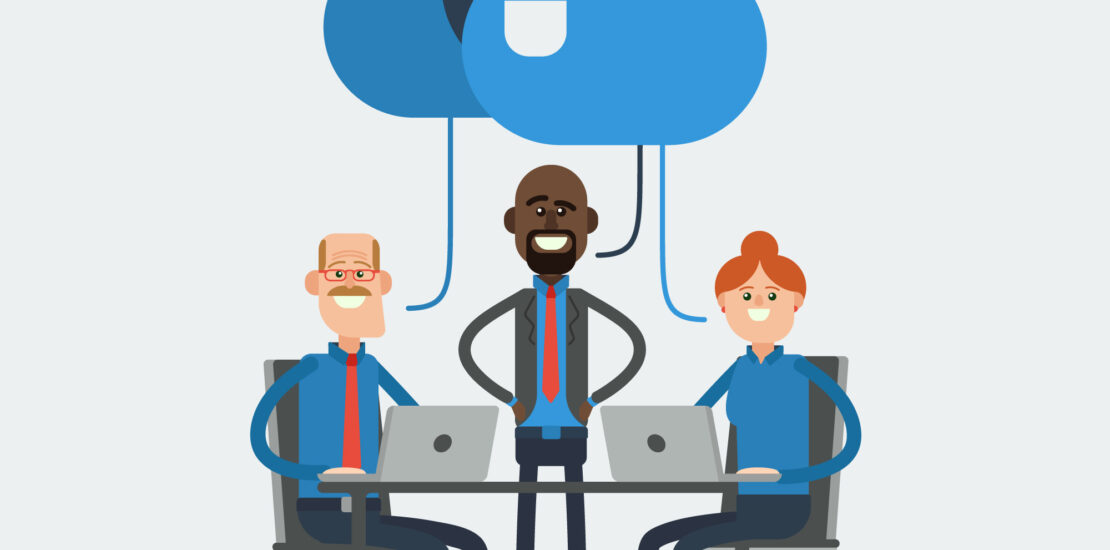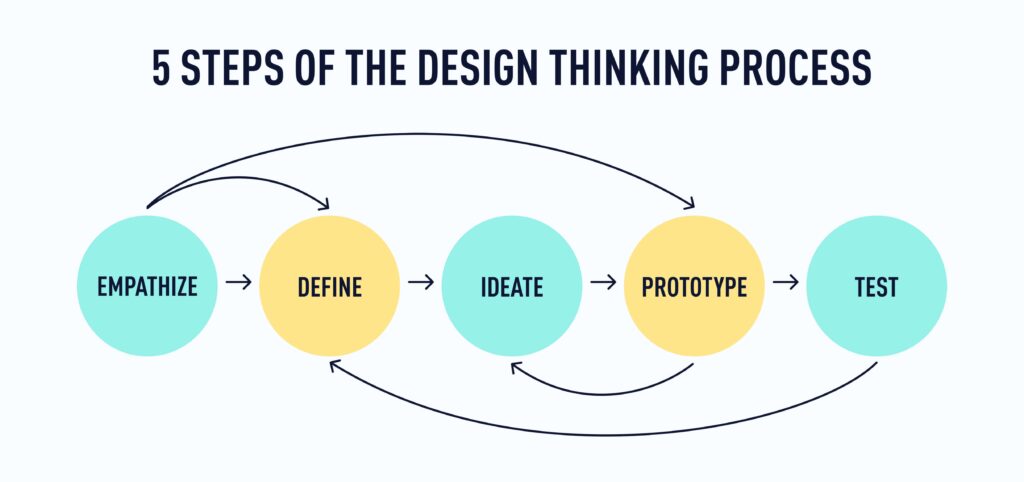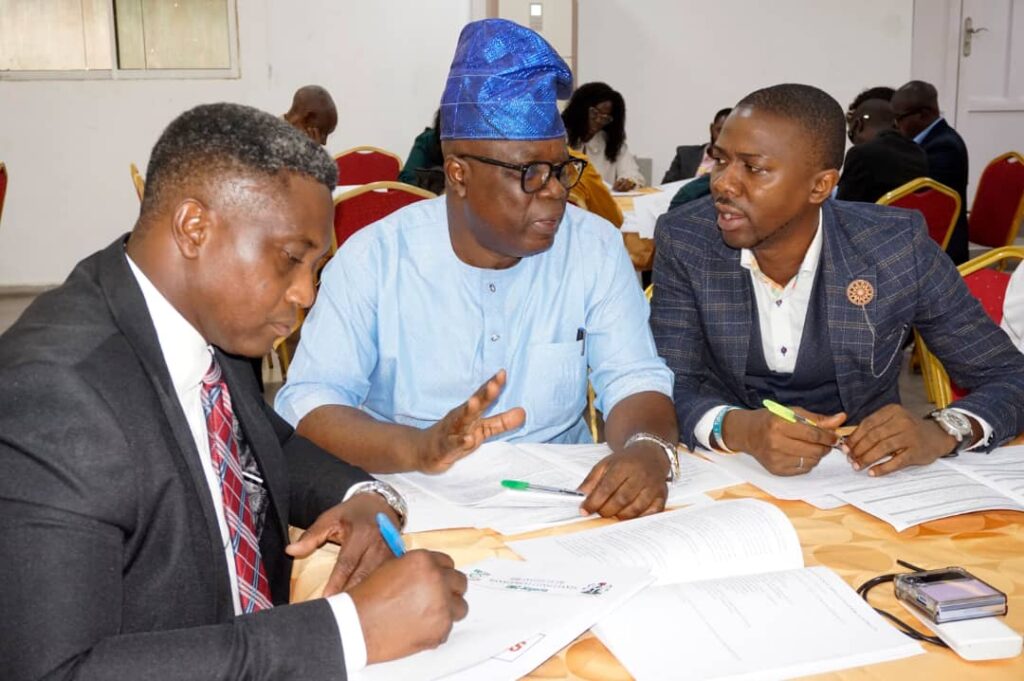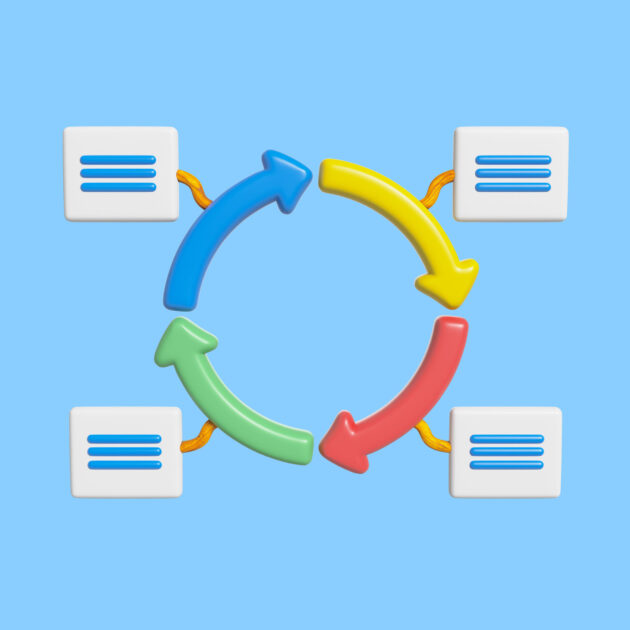Innovation and Creativity in Management Consulting
- July 6, 2024
- Posted by: IMC Nigeria
- Categories: Articles, blog, Publications

Innovation and Creativity in Management Consulting
Management consulting as a profession and work of life, is fast evolving, therefore, innovation and creativity should not just be buzzwords, but essential methodologies to drive success and stay relevant in the industry. At The Institute of Management Consultants, IMC – Nigeria, we empower our consultants with the tools and mindset to bring fresh, transformative ideas to clients. Let us look into how design thinking and a creative culture can revolutionize consulting solutions for Management Consultants and their teams.
Design Thinking: A Framework for Innovative Consulting Solutions
Anyone who has some background in UX (User Experience) Design will have got familiarity with the term ‘Design Thinking’. Design thinking is a human-centered approach to problem-solving that encourages consultants to think like designers. By empathizing with clients and their end-users, consultants can uncover insights that lead to innovative solutions.
The Five Phases of Design Thinking
The Design Thinking Process is made of five (5) phases, which are progressive (from one to the other) and iterative as well. Here the design thinking phases:
PHASE ONE: Empathize
Understand the needs of those you’re designing for. This is done through dialogue with solution users or clients, as the case may be. The aim here is to uncover from the client’s perspective their pain point; and their idea of the problem.
PHASE TWO: Define
Clearly articulate the problem you want to solve. A good way to Define the problems identified from the empathy phase is through How-Might-We (HMW) statements. You state each uncovered problem using the How-Might-We statement structure.
For example:
How might we design a consulting engagement process that encourages active participation from clients to ensure the solutions are more closely aligned with their needs and expectations?
How might we identify and eliminate bottlenecks in a company’s workflow to improve efficiency and reduce operational costs?
How might we create a culture of innovation within a traditional company that encourages creative thinking and embraces new ideas?
PHASE THREE: Ideate
The Ideate phase is the pivotal stage in the Design Thinking process where the goal is to generate a wide array of innovative solutions without the constraints of existing assumptions. It’s a divergent phase, encouraging free-flowing creativity and the exploration of new possibilities.
During ideation, management consultants challenge the status quo, asking “What if?” and “Why not?” to push beyond obvious solutions. This phase is not about filtering or evaluating ideas but about quantity and breadth, fostering an environment where no idea is too far-fetched and every suggestion is welcomed. It’s a brainstorming session supercharged with the intent to uncover unexpected approaches, harness collective wisdom, and pave the way for breakthrough innovations that can transform businesses.
By suspending judgment, teams can freely navigate through the creative wilderness and stumble upon ideas that have the potential to revolutionize industries.
PHASE FOUR: Prototype
Prototype is the experimental phase in the Design Thinking process where the focus shifts from ideation to implementation. It’s about bringing ideas to life through rapid prototyping, which involves creating simple, scaled-down versions of the proposed solutions. In management consulting, this could mean developing mock-ups of new business processes, role-playing customer interactions, or sketching out new organizational structures. Prototyping is a hands-on approach that allows consultants and clients to test and refine their ideas, gaining valuable feedback and insights. It’s a trial-and-error phase, where failure is seen as a learning opportunity. The goal is to identify the best possible solution that addresses the client’s needs in a tangible form, which can then be tested and iterated upon. This iterative process helps to quickly uncover any potential issues and allows for adjustments before investing time and resources into the final implementation.
PHASE FIVE: Test
Try out your solutions and learn what works and what doesn’t. Iterations are usually made from back to any of the previous phases for more refinements, corrections, or improvements. Testing of any solution found must be done by the clients or users of the solution themselves, to check if their stated problems are taken care of by the solution(s).

Applying Design Thinking in Consulting
1. Case Studies: Showcase Successful Projects Where Design Thinking Led to Breakthrough Innovations
Case studies are a powerful tool for demonstrating the practical application and benefits of design thinking in consulting. They provide tangible evidence of how this approach can lead to breakthrough innovations.
By presenting real-world examples, case studies help consultants and clients understand the value of design thinking. They illustrate the process from empathy to testing, showing how each phase contributes to successful outcomes.
They serve as an educational resource, allowing consultants to analyze and learn from past successes and challenges. Success stories inspire teams to adopt design thinking by highlighting its effectiveness in solving complex problems.
2. Workshops: Conduct Interactive Sessions Where Teams Can Practice Each Phase
Workshops are interactive training sessions designed to teach the principles and practice of design thinking in a hands-on environment.
Workshops allow consultants to experience the design thinking process firsthand. They can practice empathy exercises, define problems, ideate, prototype, and test solutions in a controlled setting.
These sessions help consultants develop the necessary skills to facilitate design thinking workshops with clients, fostering a collaborative environment. Workshops also serve as team-building exercises, encouraging collaboration and communication among consultants.
3. Client Collaboration: Involve Clients in the Design Thinking Process to Co-create Solutions
Client collaboration is working closely with clients throughout the design thinking process to co-create solutions tailored to their needs.
Involving clients ensures that the solutions developed are deeply rooted in the client’s context and are more likely to be embraced and implemented successfully.
It empowers clients by giving them a voice in the problem-solving process, leading to greater buy-in and satisfaction. Collaborative efforts lead to customized solutions better suited to each client’s unique challenges and opportunities.

Fostering a Culture of Creativity in Consulting Teams
Creativity in consulting is the lifeblood of innovation. It’s about looking at problems from new angles and finding solutions that defy the status quo.
Strategies to Cultivate Creativity
1. Diverse Teams: Enhance Creative Thinking
Diverse teams are essential in fostering an environment where creativity thrives. Diversity isn’t just about demographics but also includes diversity of thought, experience, and expertise.
Benefits of Diversity:
-
- Broader Perspectives: Consultants from varied backgrounds bring different viewpoints to the table, which can lead to more comprehensive problem-solving.
- Innovation Through Collaboration: When team members with diverse skill sets collaborate, they can combine their strengths to innovate more effectively.
- Avoiding Groupthink: Diversity helps prevent groupthink, ensuring that ideas are challenged and refined, leading to stronger outcomes.

2. Encourage Risk-Taking: Foster a Culture of Experimentation
Risk-taking is a critical component of creativity. It involves stepping out of comfort zones and challenging the status quo.
Benefits of Risk-taking:
-
- Safe-to-Fail Environment: Establishing a culture where it’s safe to fail encourages consultants to propose bold ideas without the fear of negative consequences.
- Calculated Risks: While risk-taking is encouraged, it’s important to take calculated risks. This means evaluating the potential benefits and drawbacks before proceeding.
- Celebrating Failures and Successes: Recognizing both successful innovations and noble failures can reinforce a positive attitude towards risk-taking.

3. Continuous Learning: Keep Skills Sharp and Minds Open
Continuous learning is the ongoing process of developing new skills, knowledge, and horning already known ideas. In the context of consulting, it’s vital to stay ahead of industry trends and maintain a competitive edge.
Benefits of Continuous Learning:
-
- Professional Development: Providing opportunities for consultants to attend workshops, seminars, and conferences keeps them informed and inspired.
- Cross-Disciplinary Exposure: Encouraging consultants to explore fields outside their expertise can lead to unexpected insights and innovations.
- Learning Culture: Promoting a culture where learning is valued and shared among team members can lead to a more knowledgeable and agile workforce.

Measuring Creativity:
-
- Innovation KPIs: Track the number of new ideas generated, percentage of projects using design thinking, and client satisfaction scores.
- Feedback Loops: Implement regular sessions for peer review and constructive criticism to refine ideas.
Click here to Join The Institute of Management Consultants – Nigeria, and become a member.
Conclusion
In the dynamic and rapidly evolving landscape of management consulting, embracing innovation and creativity is essential for staying ahead. The Institute of Management Consultants (IMC) – Nigeria exemplifies this by equipping consultants with the necessary tools and mindset to drive transformative ideas. By integrating design thinking—a human-centered approach to problem-solving—consultants can develop innovative solutions that meet client needs effectively. Ultimately, these strategies discussed in this post not only improve the problem-solving capabilities of Management Consultants but also build stronger client relationships, ensuring sustained success and relevance in the consulting industry.
Click here to Join The Institute of Management Consultants – Nigeria, and become a member.
